Yardi Matrix: Inland Empire’s Rule
Rising property values and continued rent appreciation are finally reaping visible results in the pipeline.
The Inland Empire is among the metros not affected by moderation in rent growth. Average rents were up 8 percent year-over-year in November. The metro’s strength is its job market, which is closing in on its fourth consecutive year of above-average growth, albeit most of that improvement is happening in low-paying industries. Demand is also high, a result of population growth and affordability relative to other parts of Southern California.
With the Los Angeles and Long Beach ports rebounding well, demand for industrial space has boosted San Bernardino and Riverside counties. Low barriers to development and the larger availability of space will continue to make the industrial market a critical part of the Inland Empire. Speculative warehouse/industrial developments continue to pop up, adding more than 24 million square feet of space. Generally overlooked when discussing the area’s economic performance, the office market has also improved significantly during recent years, with vacancy at cycle lows.
Apartment development has been lackluster, despite the 96.5 percent occupancy rate of stabilized properties, but rising property values and continued rent appreciation are finally reaping visible results in the pipeline. More than 8,300 units are subject to entitlement approvals or have been announced, meaning that housing inventory might see significant change in the future.
Read the full Yardi Matrix Report.



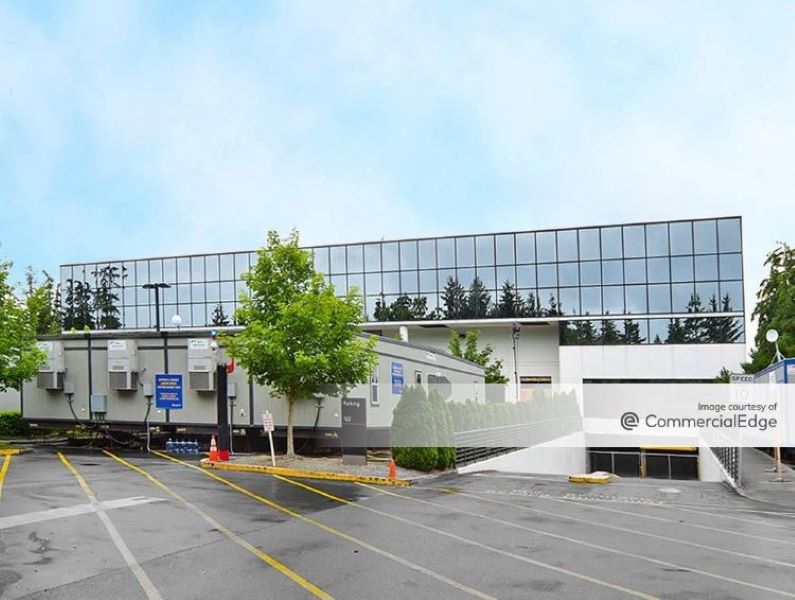
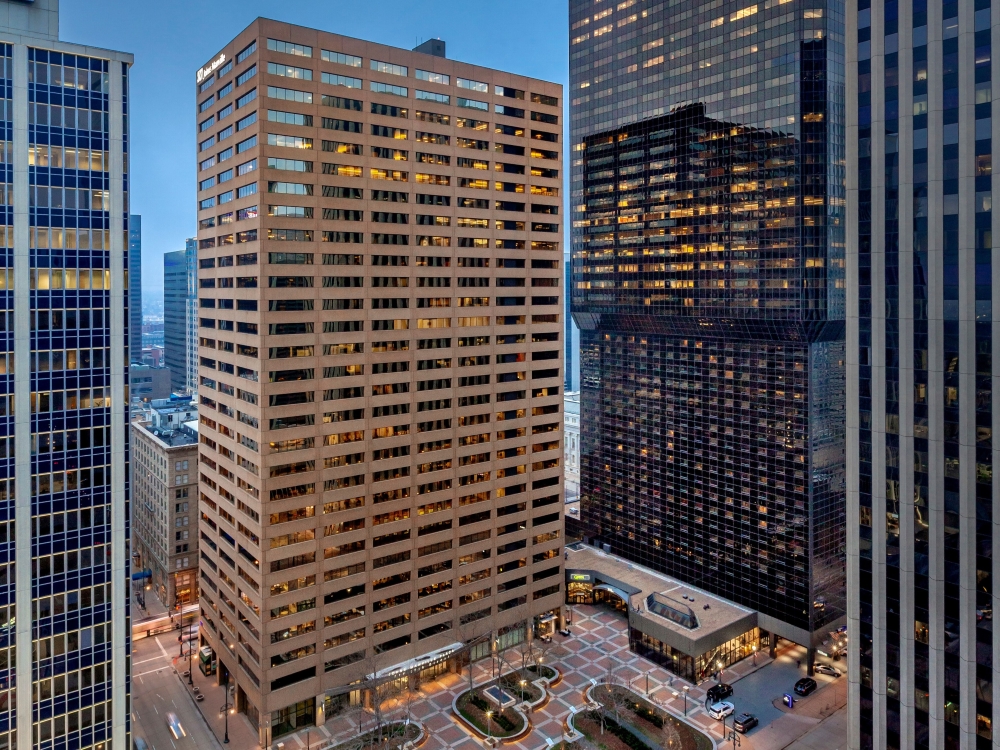
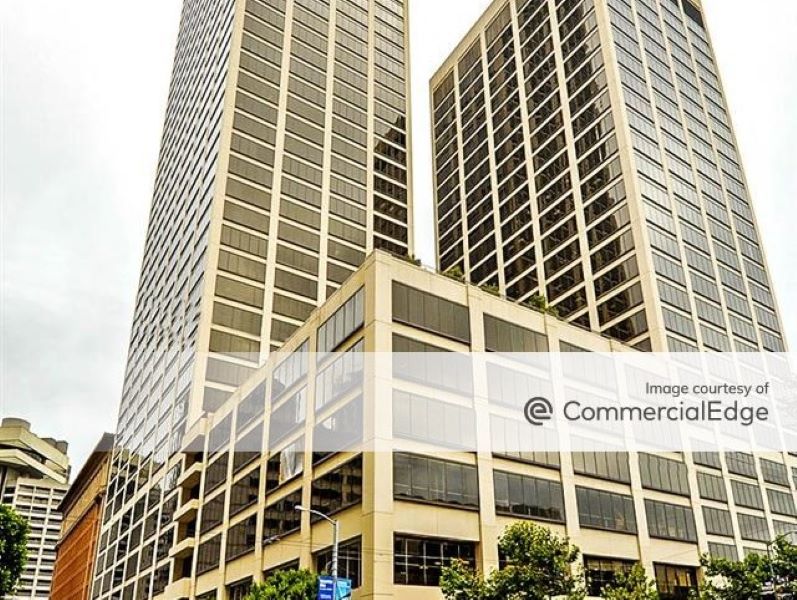
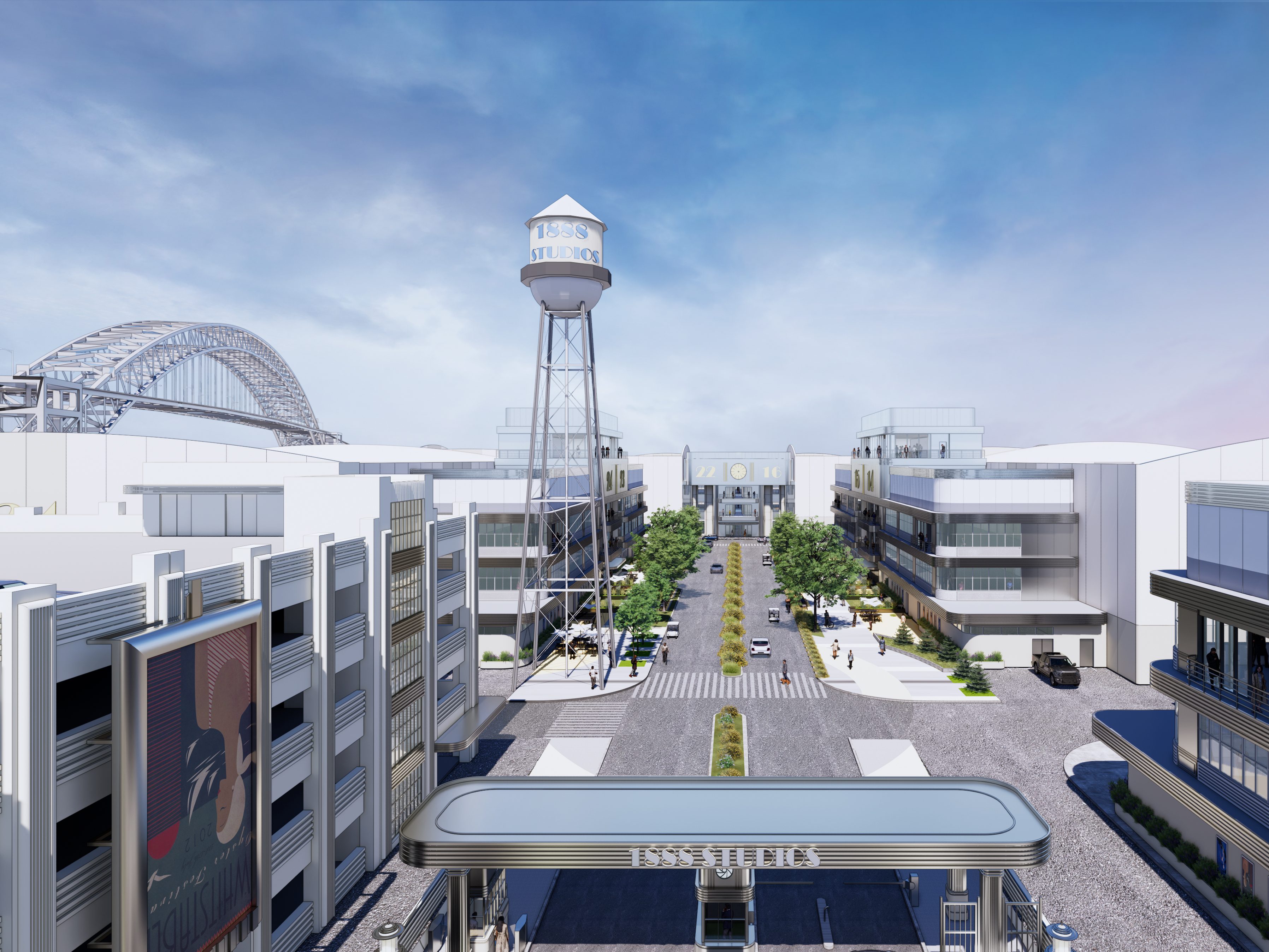
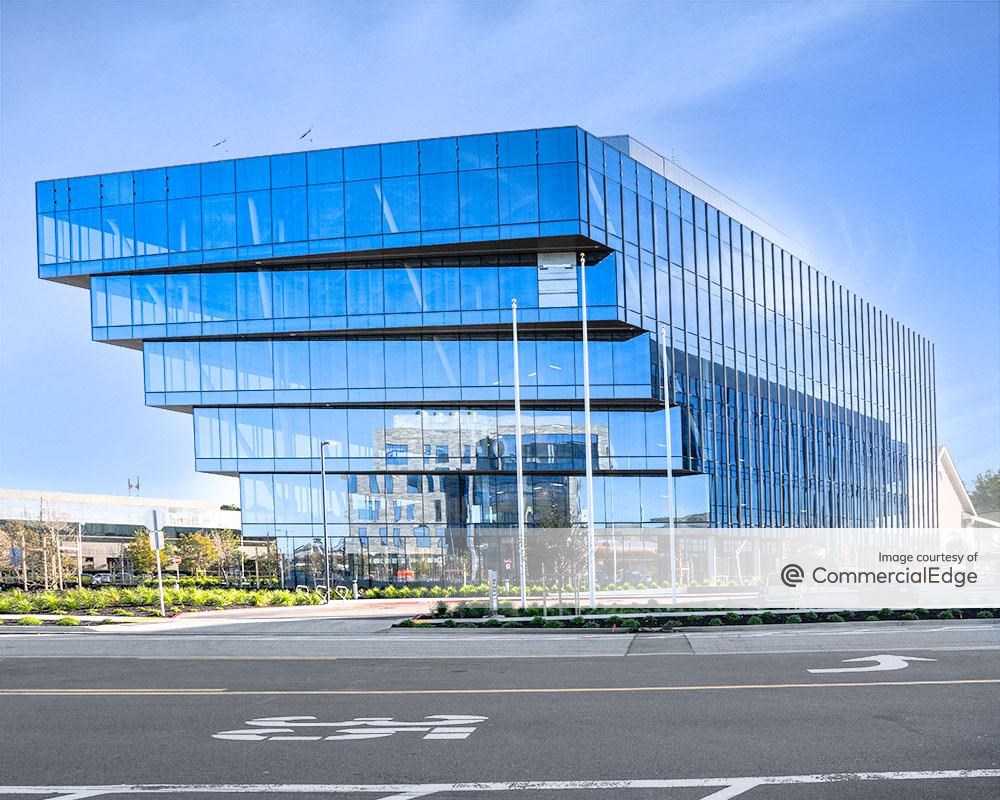
You must be logged in to post a comment.